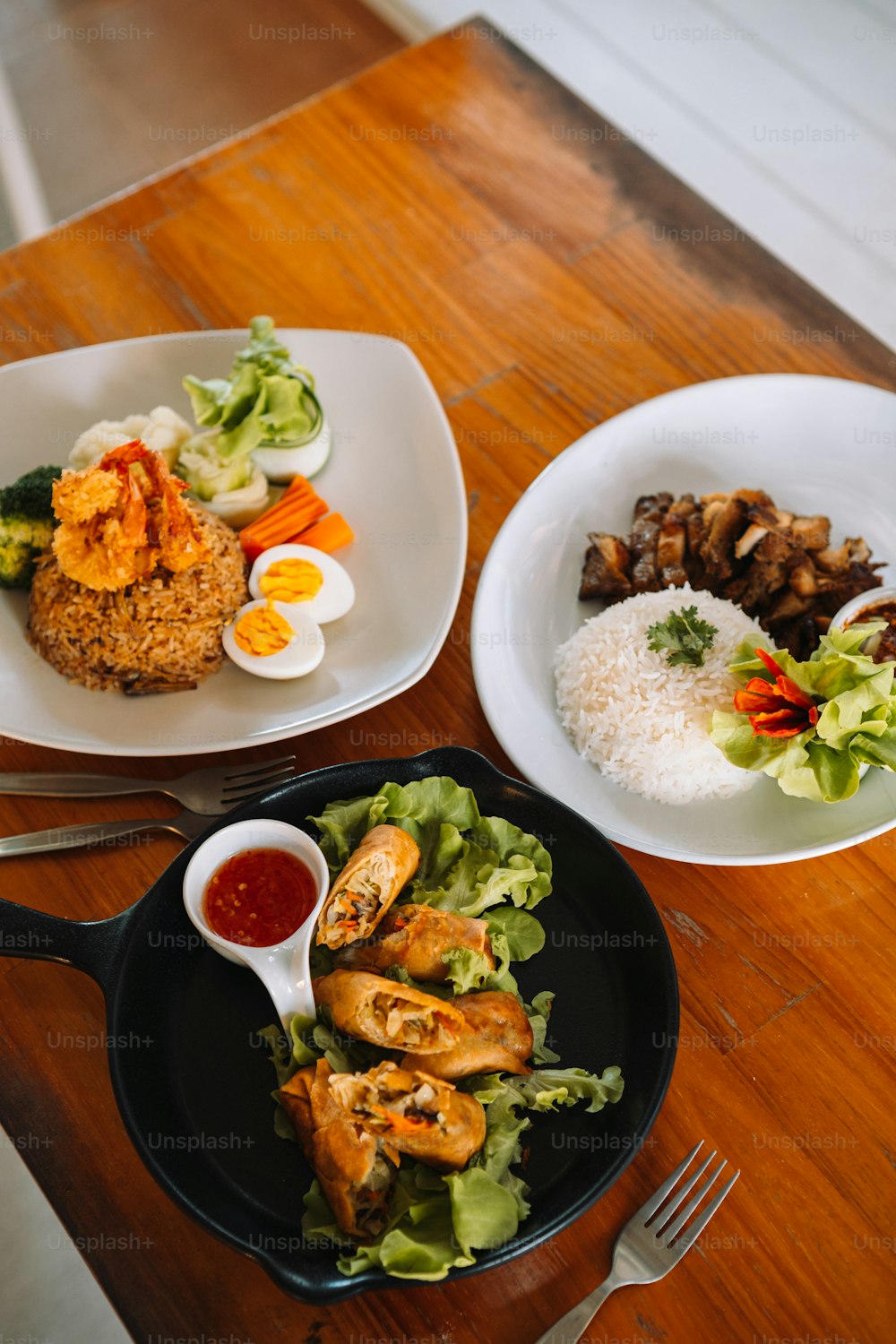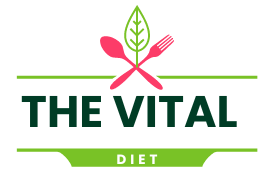
Eating healthily is a common aspiration, yet managing it alongside our demanding lifestyles can prove challenging. This is where meal planning comes to our rescue, serving as a catalyst for maintaining a balanced diet. This article provides a detailed guide on using a printable meal planning template, based on insights from expert dieticians.
Introduction to Meal Planning
Meal planning is an efficient strategy that allows you to prepare and plan your meals in advance. It’s a flexible tool tailored to your preferences and unique dietary needs. With the right approach, meal planning can simplify your life, aid in achieving nutritional goals, and even make your wallet happier.
Benefits of Meal Planning
Before we dive into the how-to, let’s explore why meal planning is worth your effort.
1. Saves Time
Meal planning eradicates the daily stress of deciding what to cook. With a pre-determined menu, you can streamline grocery shopping and avoid multiple trips during the week.
2. Reduces Waste
By planning meals based on what you already have, you can significantly cut down on food waste. You’re less likely to buy more than you need and more likely to use up what you already have.
3. Promotes Healthy Eating
Meal planning allows you to make conscious decisions about what you’re eating. It’s easier to incorporate a variety of foods and ensure you’re getting a balance of nutrients.
4. Budget-friendly
Meal planning allows you to take advantage of sales and reduces the temptation to eat out or order in, thus saving money.
Getting Started with Meal Planning
Now that we’ve established the benefits, let’s delve into the steps to create a meal plan.
Step 1: Inventory Check
Before you begin planning, it’s crucial to check what foods you already have. This “food audit” can guide your meal plan and prevent the purchase of duplicate items.
Step 2: Recipe Hunt
After you’ve listed your available ingredients, search for recipes that use these items. Collect recipes from various sources such as cookbooks, blogs, or meal planning apps.
Step 3: Consider Your Schedule
Before finalizing your meals, consider your upcoming week. If you know you’ll be busy, plan for quick and easy meals. Also, remember to plan for leftovers.
Step 4: Fill Out Your Meal Plan Template
Now, it’s time to fill out your meal plan template. Plan your meals based on your schedule, the freshness of ingredients, and your dietary needs.
Step 5: Shopping List Creation
After planning your meals, create a grocery list of the ingredients you’ll need. Organize your list according to the layout of your grocery store to save time while shopping.
Step 6: Smart Shopping
With your organized list, you’re ready to conquer the grocery store. Remember to stick to your list and avoid shopping while hungry to resist impulse purchases.
Step 7: Prep and Cook
Lastly, it’s time to bring your meal plan to life. Prep and cook according to your meal plan, and before you know it, you’ll be enjoying delicious, home-cooked meals all week long.
Best Practices for Meal Planning
To get the most out of your meal planning efforts, consider these best practices.
- Be Flexible: Meal plans are guides, not rules. Feel free to switch things up as necessary.
- Batch Cook: Prepare large quantities of staple foods. This can be a real time-saver during the week.
- Theme Nights: Having themed nights like “Taco Tuesday” or “Stir-fry Saturday” can make meal planning fun and easier.
- Involve the Family: If you live with others, get them involved in the planning and cooking process. This can lighten your load and make meals more enjoyable for everyone.
Wrapping Up
Meal planning is a versatile tool that can vastly improve your life. It may seem daunting at first, but with practice, it becomes second nature. Remember, the goal of meal planning is not perfection, but reducing stress and making healthy eating easier. Happy planning!
Frequently Asked Questions
1. How do I start meal planning?
Begin with an inventory check, follow with recipe hunting, consider your week’s schedule, fill your meal plan template, create a shopping list, do smart shopping, and finally prep and cook.
2. What should I consider when meal planning?
Consider your food preferences, time availability, dietary needs, and cooking skills. Ensure your meals are varied in color, texture, and taste to keep your diet exciting.





